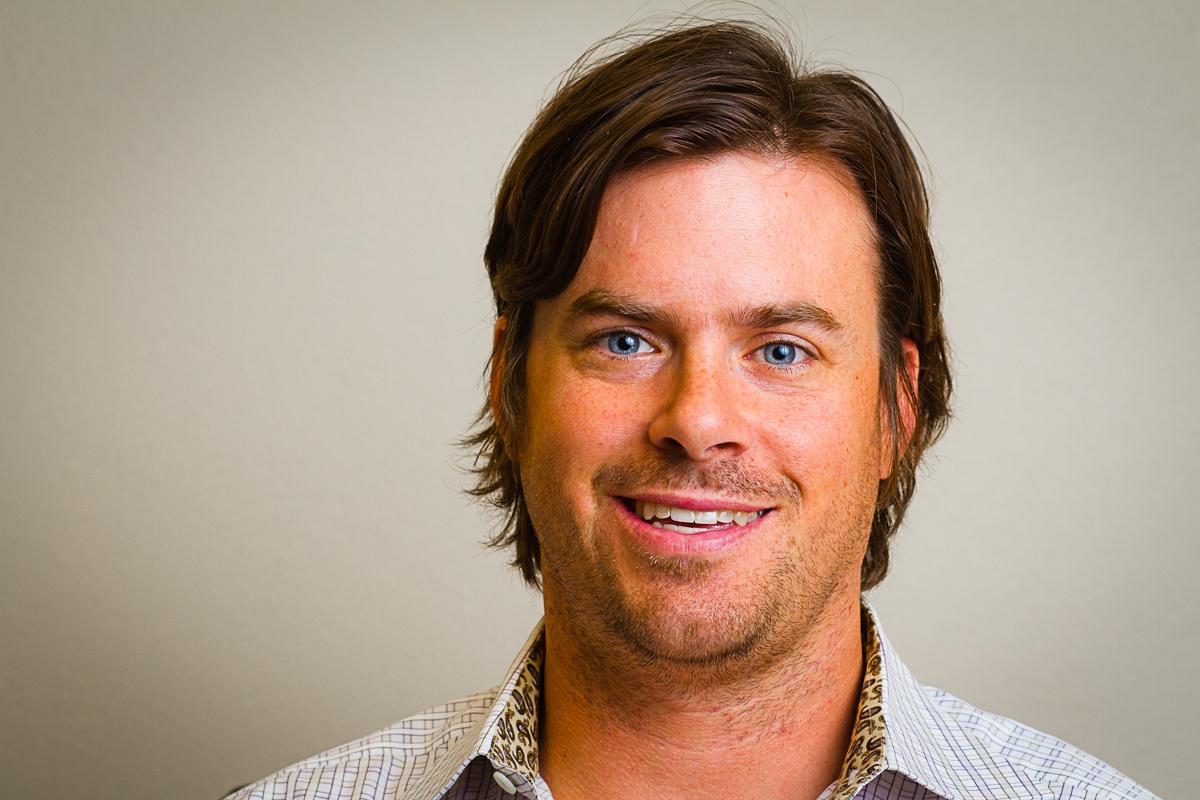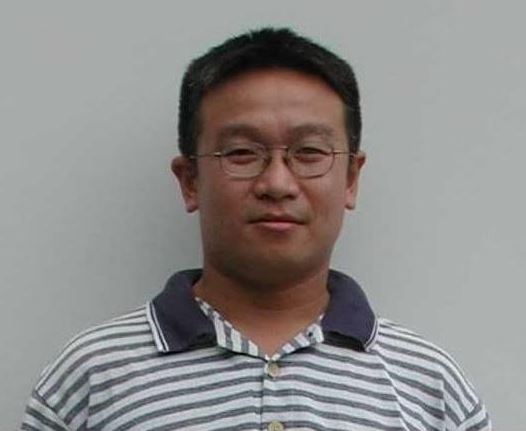Founded by R&D 100 award-winning scientist Patrick Heaney in 2009, NCD Technologies is engineering and innovating new coatings to move the world forward.
From advancing the tooling industry to producing coating to improve medical devices, NCD Technologies creates thin diamond and diamond-like films that will change the world.
An innovative and unprecedented process for applying diamond coatings to extremely small tooling, NCD’s pretreatment adds longevity, precision, and efficiency to the tools and the machining operations they support. With a constant push for miniaturized devices that are highly functional, diamond coatings are poised to usher in a new era of technology for consumers in all walks of life. With a win in 2013 at R&D Magazine’s “R&D 100 Awards”, NCD Technologies has captured the eye of the industry and has its sights set on a BETTER FUTURE.





